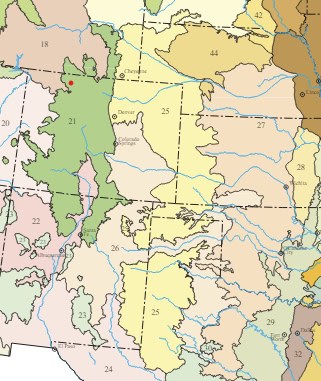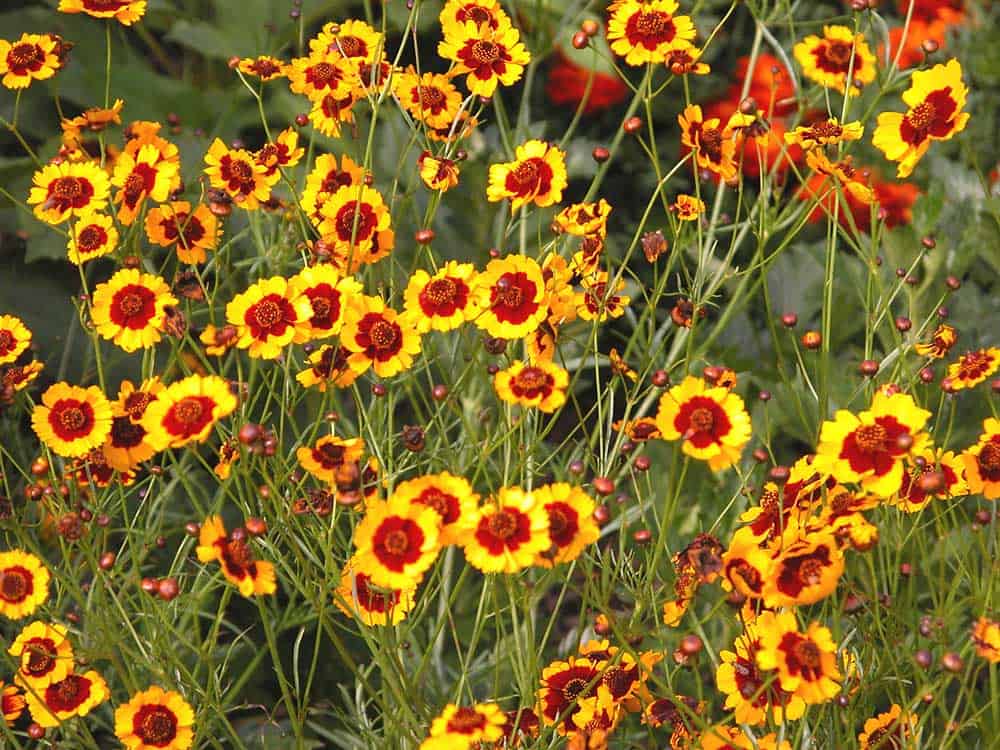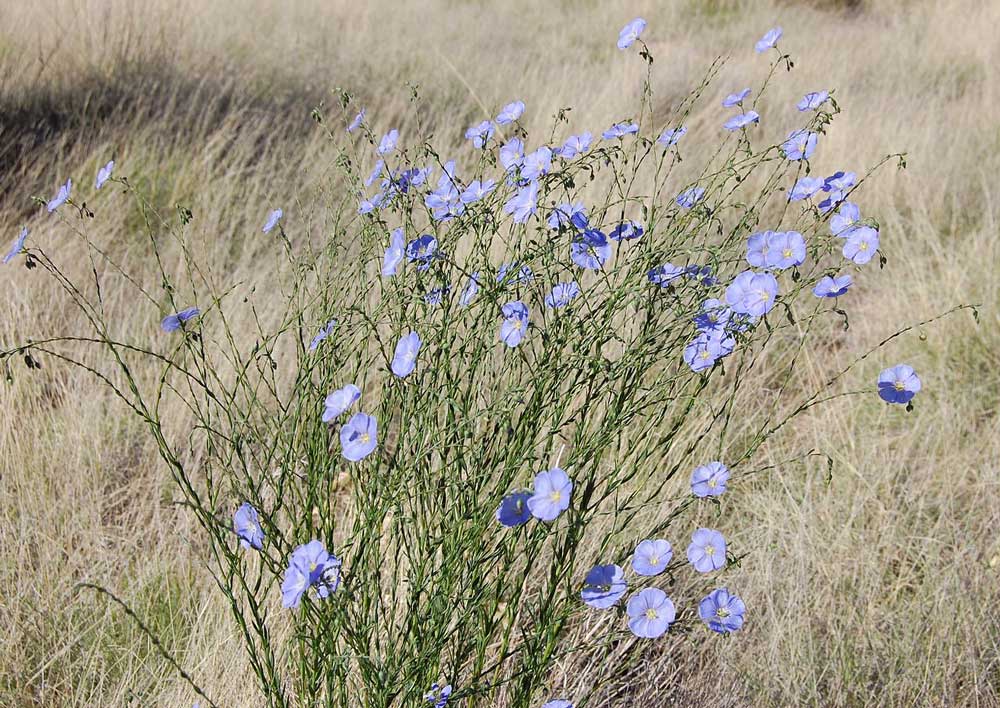Windsor, CO (80550)
Native plants are essential for maintaining local ecosystems and biodiversity. This guide presents a curated list of 20 native plants ideal for gardens and landscapes in Windsor, Colorado, part of the High Plains ecoregion. These plants, selected for their ecological benefits, aesthetic appeal, and ease of care, include perennial and annual forbs, grasses, shrubs, and trees. They are chosen based on their value to pollinators and wildlife, their contribution to a diverse and visually appealing landscape, and their adaptability to Windsor’s semi-arid climate and soil conditions.
Location and Ecoregion

Windsor, Colorado, located in the High Plains ecoregion, is characterized by its semi-arid climate and diverse grassland ecosystems. The High Plains ecoregion spans several states, including eastern Colorado, and is known for its vast expanses of shortgrass prairie, mixed-grass prairie, and sandhill communities. This unique environment supports a wide variety of native plant species that have adapted to the region’s climatic conditions and soil types.
Selection Criteria

The selection criteria for the 20 native plants prioritize species that:
- Offer significant value to pollinators and wildlife by providing food, shelter, or acting as host plants
- Contribute to a diverse and visually appealing garden or landscape with varied bloom times, colors, and textures
- Are relatively low-maintenance and easy to grow for the average home gardener, considering factors such as drought tolerance and adaptability to local soil conditions
These criteria ensure that the chosen plants not only support the local ecosystem but also create an attractive and manageable landscape.
List of Native Plants
Perennial Forbs

Blue Flax (Linum lewisii) – A drought-tolerant native perennial that produces delicate blue flowers, attracting bees and butterflies, and is easy to grow in well-drained soils.
Prairie Coneflower (Ratibida columnifera) – Features distinctive yellow or red flowers that attract pollinators and thrive in dry, sunny conditions.
Rocky Mountain Penstemon (Penstemon strictus) Offers vibrant blue-purple flowers that attract hummingbirds and bees, and is well-suited to dry, rocky soils.
Purple Prairie Clover (Dalea purpurea) Provides purple blooms that attract pollinators and enrich the soil with nitrogen, thriving in well-drained soils.
Blanket Flower (Gaillardia aristata) – Produces bright red and yellow blooms that attract bees and butterflies, and is drought-tolerant and easy to grow.
Annual Forbs
Plains Coreopsis (Coreopsis tinctoria) – Features bright yellow flowers with red centers that attract pollinators and thrive in a variety of soil conditions.
Indian Blanket (Gaillardia pulchella) – Offers vibrant red and yellow flowers that attract bees and butterflies, and is easy to grow in well-drained soils.
Grasses
Little Bluestem (Schizachyrium scoparium) – A native grass that provides habitat for wildlife, supports pollinators, and is drought-tolerant and low-maintenance.
Blue Grama (Bouteloua gracilis) – A native grass that offers habitat for wildlife, supports pollinators, and thrives in dry, well-drained soils.
Sideoats Grama (Bouteloua curtipendula) – A native grass that provides food and habitat for wildlife, supports pollinators, and is drought-tolerant.
Shrubs
Desert Four O’Clock (Mirabilis multiflora) – Produces large magenta flowers that attract pollinators and thrives in dry, sandy soils.
New Mexico Privet (Forestiera neomexicana) – Offers small yellow flowers that attract pollinators and provides cover for wildlife, and is drought-tolerant.
Wax Currant (Ribes cereum) – Produces small pink flowers that attract pollinators and provides berries for birds, thriving in dry, rocky soils.
Skunkbush Sumac (Rhus trilobata) – Offers small yellow flowers that attract pollinators and provides berries for wildlife, and is drought-tolerant.
Tall Shrubs/Small Trees
Chokecherry (Prunus virginiana) – Produces white flowers that attract pollinators and provides berries for birds, thriving in a variety of soil conditions.
Serviceberry (Amelanchier alnifolia) – Offers white flowers that attract pollinators and provides berries for wildlife, and is adaptable to different soil types.
Mountain Mahogany (Cercocarpus montanus) – Produces small white flowers that attract pollinators and provides cover for wildlife, thriving in dry, rocky soils.
Trees
Hackberry (Celtis occidentalis) – Well-suited to the semi-arid conditions and diverse soil types found in this area and produces small, sweet berries that are a valuable food source for birds and other wildlife.
Rocky Mountain Juniper (Juniperus scopulorum) – Provides cover and food for wildlife, supports pollinators, and is drought-tolerant.
Ponderosa Pine (Pinus ponderosa) – Large tree that offers habitat for wildlife, supports pollinators, and thrives in well-drained soils.
